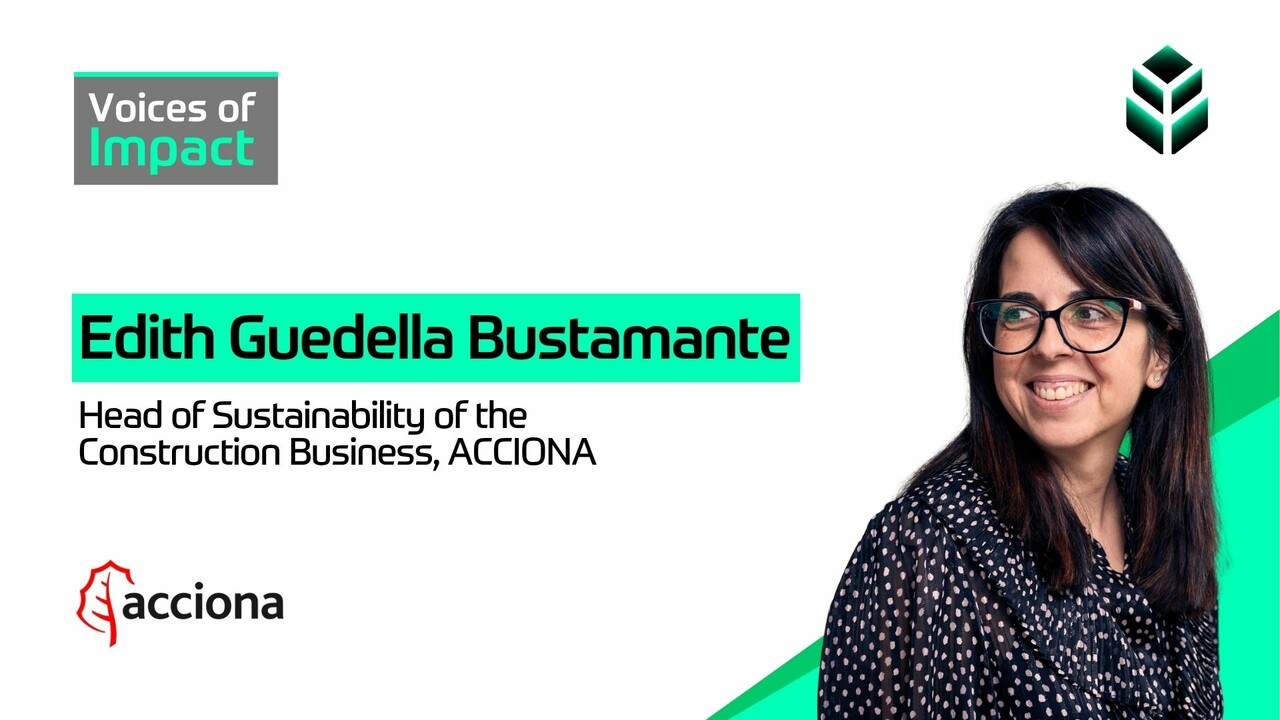
Advancing Regenerative and Resilient Infrastructure
What’s a Rich Text element?
The rich text element allows you to create and format headings, paragraphs, blockquotes, images, and video all in one place instead of having to add and format them individually. Just double-click and easily create content.
H1
H2
H3
H4
H5
H6


Static and dynamic content editing
A rich text element can be used with static or dynamic content. For static content, just drop it into any page and begin editing. For dynamic content,

add a rich text field to any collection and then connect a rich text element to that field in the settings panel. Vsadsadsdasdasdasdasdoila!
- A rich text element can be used with static or dynamic content. For static content, just drop it into any page and begin editing. For dynamic content, add a rich text field to any collection and then connect a rich text element to that field in the settings panel. Voila!
- t to that field
- t to that field
-
How to customize formatting for each rich text
How to customize formatting for each rich text
How to customize formatting for each rich text
Headings, paragraphs, blockquotes, figures, images, and figure captions can all be styled after a class is added to the rich text element using the "When inside of" nested selector system.
In conversation with Edith Guedella Bustamante, Head of Sustainability of the Construction Business, ACCIONA
Meeting global climate and development goals requires infrastructure that balances ecological restoration, social empowerment, and long-term resilience. ACCIONA, a Spain-based multinational group that develops and manages infrastructure solutions across the value chain, drives sustainable progress through energy, transport, water and urban systems that create positive environmental and social impact.
In this conversation, Edith Guedella Bustamante, Head of Sustainability of the Construction business of ACCIONA, reflects on how the company’s collaboration with the FAST-Infra Label reinforces this vision and how the São Paulo Metro Line 6 illustrates the tangible outcomes of that commitment.
How does ACCIONA embed sustainability into its infrastructure projects, and how has the FAST-Infra Label strengthened these efforts to deliver better, lasting outcomes?
Environmental and social value guides decision-making at every phase of ACCIONA’s infrastructure projects, from design through to operation. This approach is underpinned by the company’s Sustainability Master Plan 2020–2025, which sets out a vision for regenerative infrastructure, or assets designed to create positive environmental and social impact rather than simply minimise harm.
Since the inception of the FAST-Infra Label, ACCIONA has contributed to its development and implementation from a contractor’s perspective, recognising its potential to bring greater consistency and transparency to the infrastructure sector. The Label’s framework can be applied across all stages of a project’s lifecycle—planning, design, construction, and operation— strengthening sustainability performance and engaging stakeholders more effectively.
“The FAST-Infra Label encourages the industry to go beyond mitigation, to create value and give back more than it takes. It provides a measurable way to demonstrate positive contribution across the full project lifecycle.”
ACCIONA’s São Paulo Metro Line 6 has earned the FAST-Infra Self-Assessed Label. Could you elaborate on the project’s significance and some of the key sustainability outcomes identified through this process?
The São Paulo Metro Line 6, once operational, will serve approximately 630,000 passengers daily, enhancing connectivity across São Paulo and transforming urban mobility for nearly 230 million people each year. As the first metro project in Brazil to earn the FAST-Infra Self Assessed Label, it enabled ACCIONA to benchmark sustainability performance across the Label’s four dimensions and strengthen accountability around measurable impact and positive contribution.
The construction of the project has generated over 9,000 jobs and delivered 135,000 hours of vocational training, advancing inclusion with more than 900 women employed in construction roles. At the segment factory producing tunnel components, 70% of the workforce are women, reflecting ACCIONA’s commitment to social equity and skills development. The project has also achieved nearly 100% waste valorisation, and in a first for Brazil, transitioned its fleet to bioethanol and renewable diesel (HVO), operating entirely on renewable electricity. Energy efficiency measures implemented in tunnelling operations have further improved performance. These outcomes demonstrate how large-scale projects can deliver lasting environmental and social value while maintaining technical and financial rigour.
How does ACCIONA envision the future of sustainable infrastructure, and what priorities will guide this transition?
ACCIONA views the future of infrastructure as regenerative and inclusive, aligned with natural and social systems. Achieving this will require integrating sustainability throughout project lifecycles and strengthening public and private sector collaboration. Clear standards and frameworks are crucial to ensure that infrastructure development delivers measurable environmental and social value while supporting long-term resilience and equitable growth.
What’s your message to infrastructure leaders on embedding sustainability into every project, and how standardized assessment frameworks can help achieve this?
As the global focus turns toward implementation ahead of COP30 in Belém, the role of the private sector in accelerating the transition to sustainable and resilient infrastructure has never been more critical. Frameworks such as the FAST-Infra Label play a central role in translating ambition into measurable outcomes, ensuring that investment contributes to long-term environmental and social value.
- Embedding sustainability and standardisation at the project level is essential to ensure that infrastructure delivers measurable and lasting environmental and social impact.
- The FAST-Infra Label provides a market-based framework that directs investment toward projects demonstrating strong sustainability performance and positive contribution.
- By promoting transparency and comparability, the Label strengthens investor confidence and helps de-risk infrastructure investment, particularly in emerging markets.
- In regions such as Latin America, applying clear sustainability frameworks ensures that large-scale infrastructure investments contribute to regeneration, inclusion, and resilience.
- Recognising sustainable infrastructure as a strategic asset class is key to accelerating the transition toward a low-carbon and regenerative global economy.



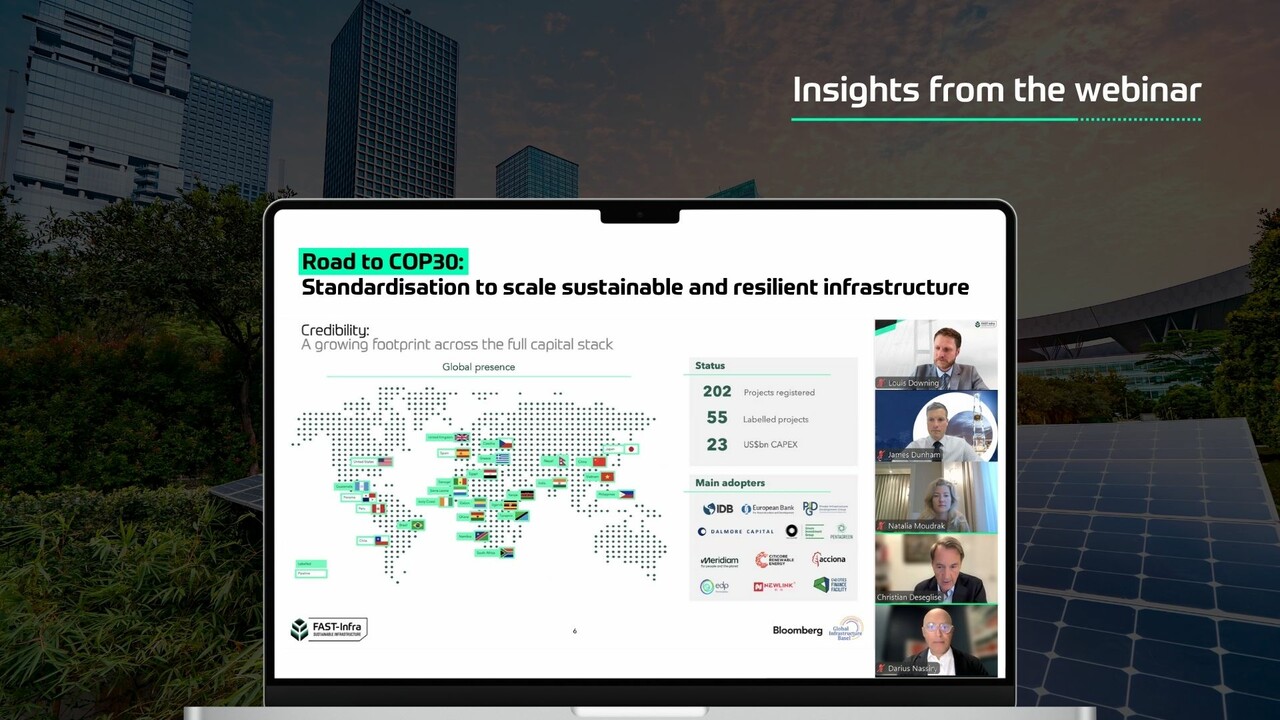


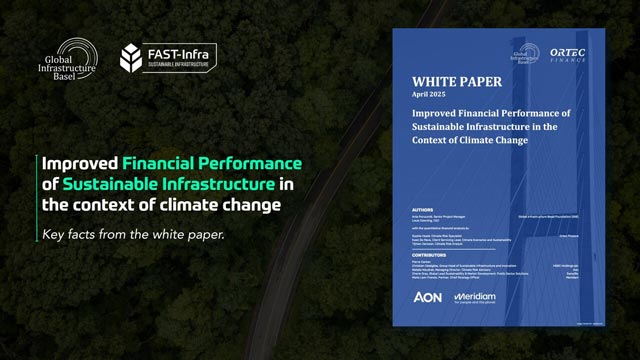


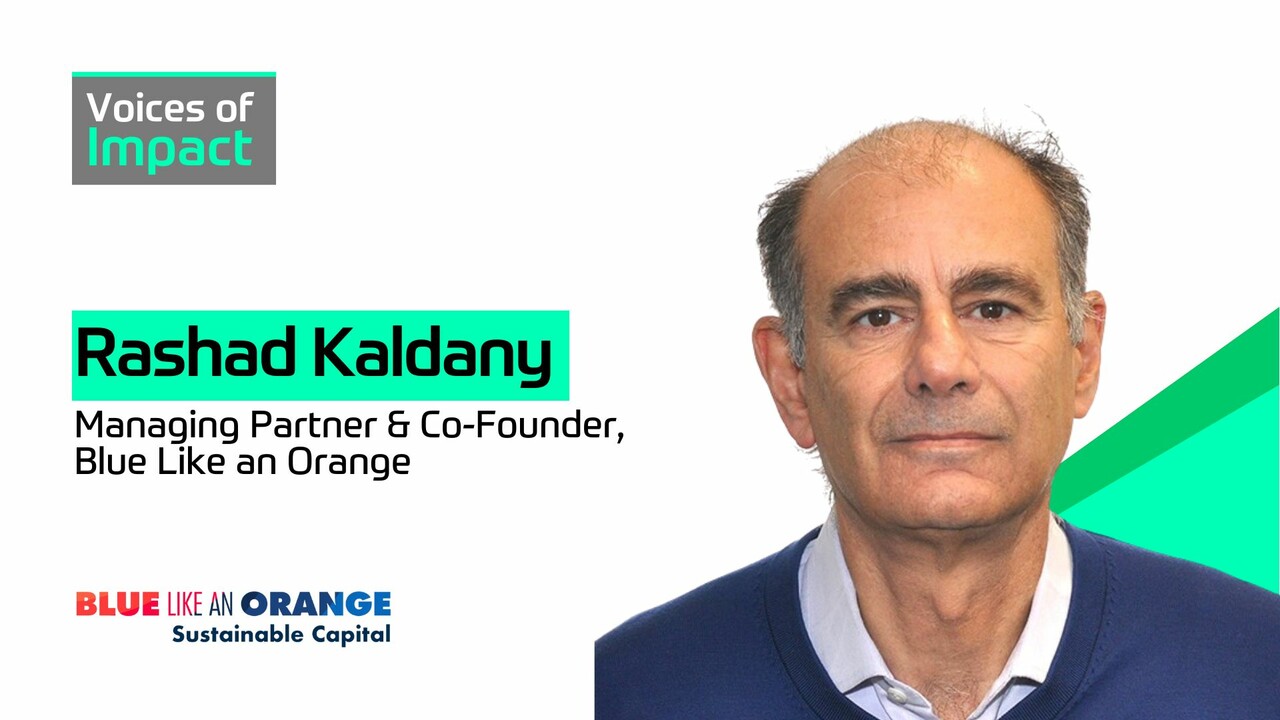
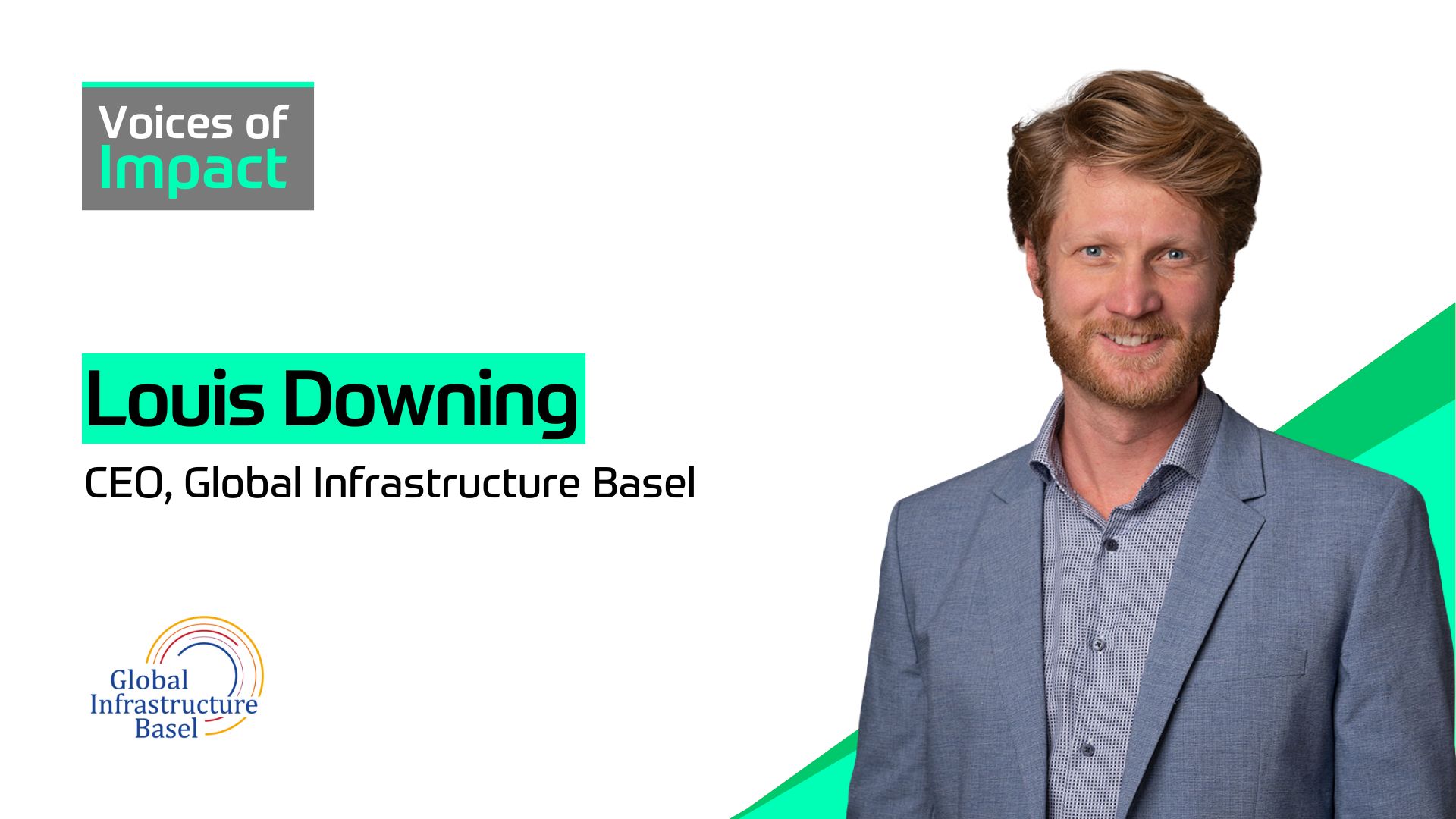
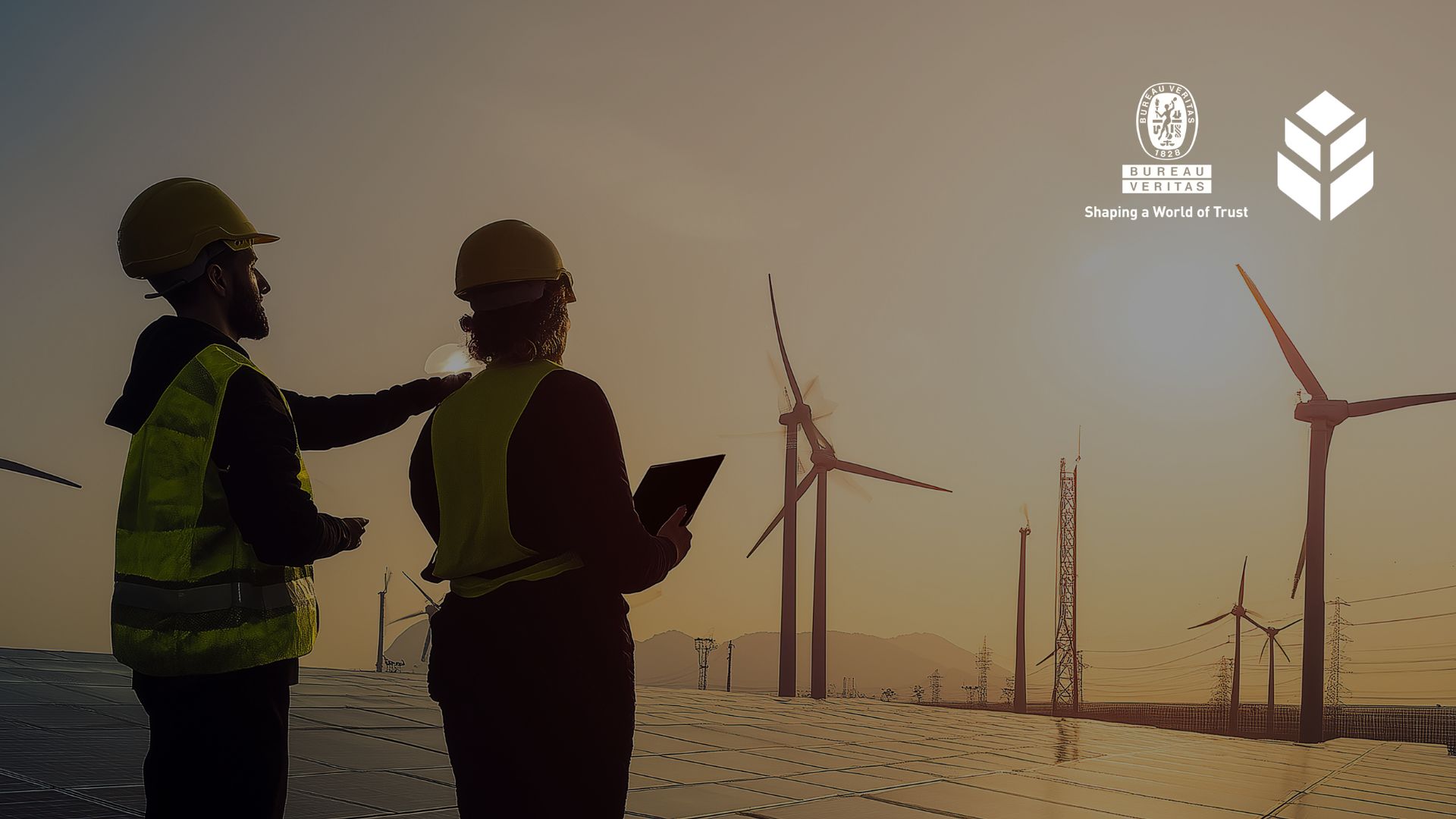
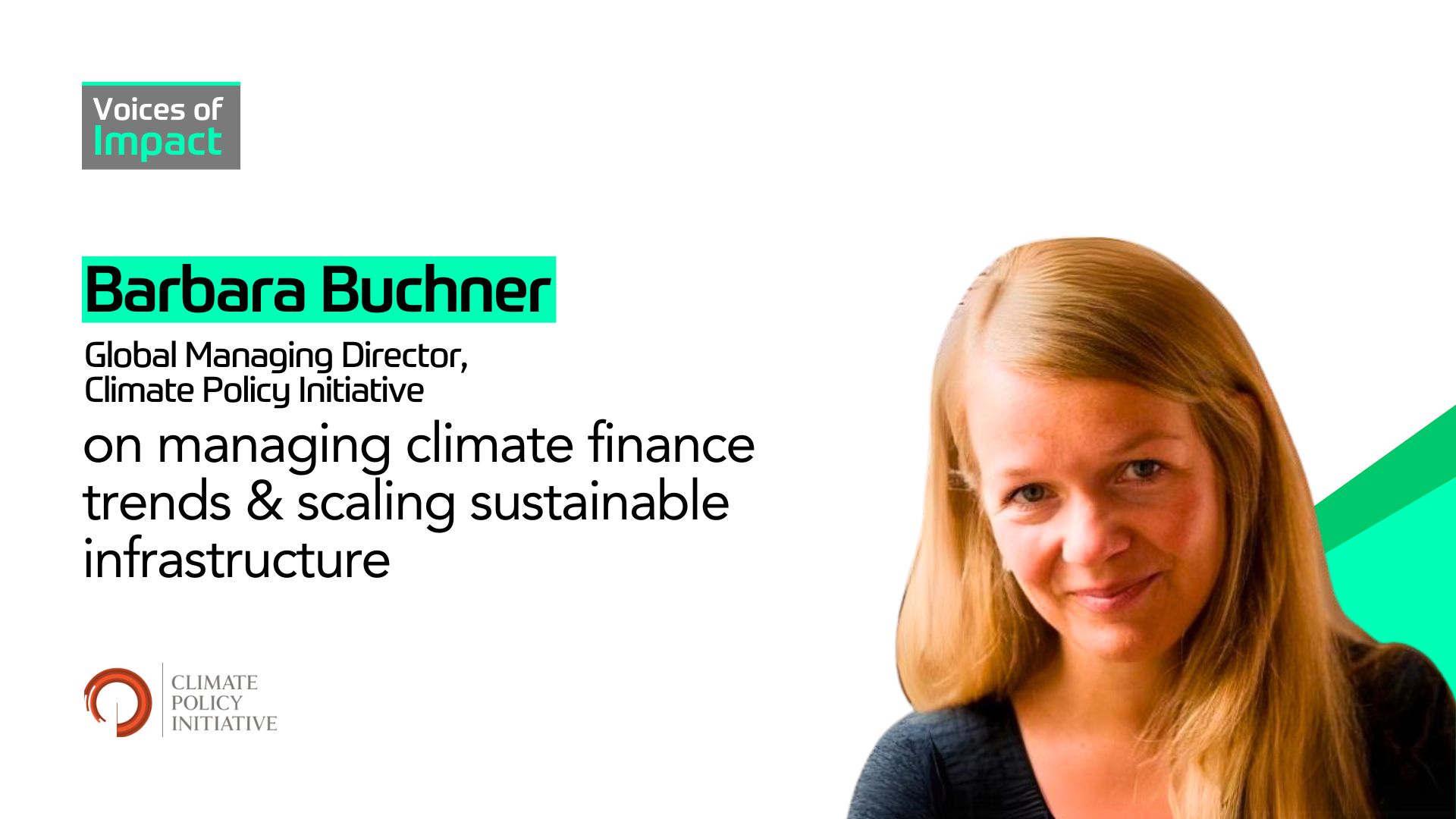







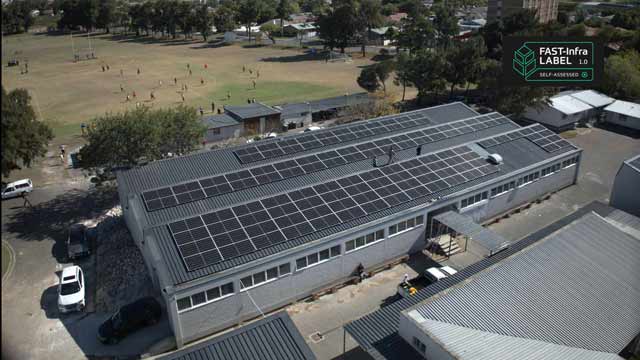

.jpg)


.jpg)


.jpg)
.jpg)
.jpg)
.jpg)

.jpg)









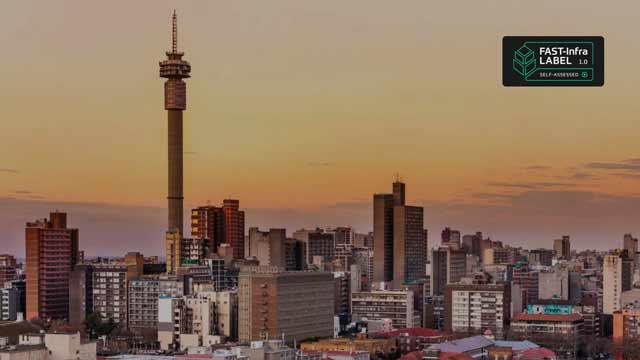








.webp)
.webp)























